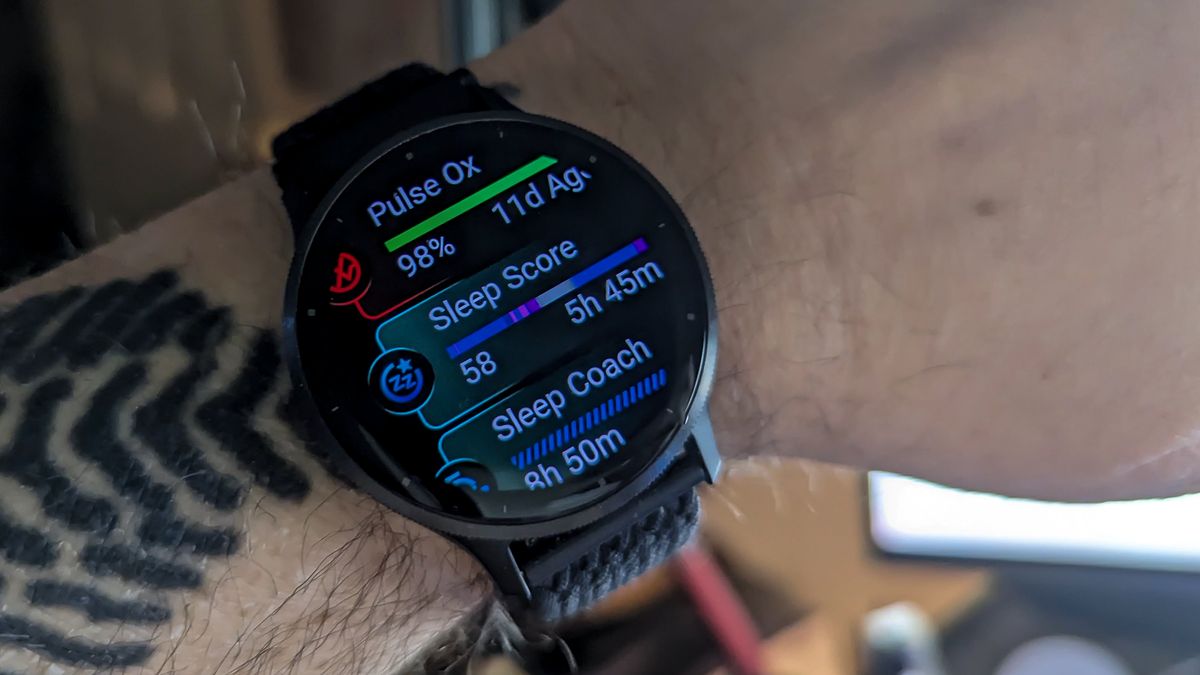Sports
Paris Olympics: Ranking the 10 most spectacular venues
PARIS — On Sunday, a 16-year old Brazilian street skateboarder named Rayssa Leal stood atop a makeshift competition venue. She took her cellphone out of her pocket and laid it down at the top of a ramp.
She then went sailing downward before jumping onto a staircase rail and then proceeded to flip her board through the air before landing smoothly atop of it. As a packed house of fans erupted into cheers and waving flags, the soon-to-be bronze medalist glided up a ramp on the other side with arms outstretched — Christ the Redeemer style, considering her home country.
This was inside the sprawling grounds of the Place de la Concorde, hard by the Seine River, a short walk from the Louvre, with the Eiffel Tower hovering in the backdrop. It’s a place so steeped in history that they once beheaded Maria Antoinette and King Louis XVI there.
New school sport. Old school locale.
The first few days of the Paris Olympics have been a combination of achievement and location; action and art. It’s been about athletes delivering astounding performances as fans both here and on television around the world marvel at the visuals in the distance.
Local organizers didn’t just want to host the Olympics in Paris; they wanted to host them in Paris. As such, they mostly constructed temporary stadiums that employ the famed structures, public parks and scenic backdrops that make this city the most visited by tourists in the world.
It’s been fantastic; the attention not merely on the athletes, but where the athletes are doing it.
So let us offer our top 10 most spectacular venues of these Paris Olympics.
Although, let’s start with:
Last. The Seine: Triathlon and Marathon Swimming
The Seine itself is great for drone shots but proving difficult for actual competition. This is the rare failure of Paris, a sign of trying too hard. Due to pollution, the government has banned swimming in the river for 100 years. They tried to clean it up — even sent the mayor in for a dip — but runoff from rain and other issues remain.
Tuesday the triathlon had to be postponed because of toxicity concerns. Organizers finally deemed it swimmable Wednesday, but was it really?
As for the good ones:
10. Stade Yves-du-Manoir: Hockey
It’s not often a stadium is used in multiple Olympiads, let alone for different events 100 years apart. This one served as the original main facility for the 1924 Olympics, hosting both the Opening Ceremony and the athletics competitions. That includes races featuring two British men, Harold Abrahams and Eric Liddell, that became the story behind the 1981 Oscar winning film “Chariots of Fire.”
9. Teahupo’o, Tahiti: Surfing
There was nowhere for surfing to occur around Paris so the organizers didn’t mess around. They sent the competition to the South Pacific. The waves of Teahupo’o are among the most challenging in the sport and Tahiti is, well, Tahiti.
8. Stade Roland-Garros: Tennis
If you happen to have one of the most famous tennis facilities in the world in your city — home to the annual major French Open — then you don’t overthink it. It’s not just historic as a venue — it opened in 1928 — it brings the history of sport to the Games. With so many iconic matches having been staged there it adds a pop of credibility to Olympic tennis, which is a big deal but not the pinnacle of the sport like in many other Olympic events.
7. Place du Trocadéro: Road Cycling
The start and the finish will be just across the Seine from the Eiffel Tower, offering a breathtaking and memorable visual. That’s just the beginning and end, however. Along the way the course runs through the Chevreuse Valley, Vincennes Woods, across 13 named peaks and through urban areas, no doubt ringed by screaming fans, including those around Château de Versailles, the Louvre and the Place de la Bastille.
It’s a miniaturized, one-day Tour de France. You don’t even need to look at the cyclists.
6. Hôtel de Ville: Marathon
The 26.2-mile race will, of course, pass by countless Parisian landmarks but it gets special recognition for starting at the Hôtel de Ville. You want something old? How about serving as Paris’ City Hall since … 1357. That’s a solid 667 years. Good luck to Los Angeles 2028 competing with that.
5. Place de le Concorde: Skateboarding, BMX, Breaking, 3×3 basketball
As mentioned at the top, the hallowed ground (19 acres) is the largest square in Paris and located in the heart of the city. It played a prominent role in the French Revolution, including as a place to store cannons that later fired in the storming of the Bastille. Some 1,119 were publicly executed on the Concorde. Louis XVI, the last king of England, was one who met his demise here.
It may not be the most visually impressive on the list, but you can’t beat the history as some of the most modern sports of the Olympics are being held.
4. Esplanade des Invalides: Archery
Archery has been set up in a tree-lined public garden in the heart of the city, linking two sides of the Seine with the remarkable Pont Alexandre III bridge. It is one of the city’s most popular spots among locals for walking and leisure. The competition is perfectly framed by the Hotel des Invalides and its towering, ornate dome. It was completed in 1676 as a military hospital but now serves as a museum that includes the tomb of Napoleon Bonaparte.
3. Grand Palais: Fencing and Taekwondo
It has generally been used to showcase works of art at various fairs, but now the Grand Palais is a striking fencing and Taekwondo facility. Long a favorite of tourists and photographers drawn to its stone facades and its nave and glass roof, the Grand Palais makes anything a must-see event. Originally built in 1900, the Olympics provided reason for a full restoration. The idea of a combat sport in its cherished halls is funny in its own right.
2. Château de Versailles: Equestrian
We’ve reached the ridiculous section of this list. Paris is just showing off now. The Equestrian competition is basically just in the backyard — perhaps the world’s most perfectly-landscaped backyard — of one of the most famous palaces on Earth. Originally built by Louis XIII as a hunting lodge in 1623, it was slowly expanded into one of the most outrageously ornate seats of power during royal rule.
It’s been a museum since 1883 and one of the most visited places in the world as tourists come for the Hall of Mirrors, the Royal Chapel, the Royal Opera and seemingly endless rooms of artifacts. And that’s just the inside. There are 2,000 acres of gardens and fountains and plantings and, well, there really isn’t a way to fully explain it.
Just watch some dressage and marvel.
1. Eiffel Tower Stadium: Beach Volleyball
This is probably the most picturesque stadium for sports ever constructed. The 1,083-foot steel tower is perhaps the most famous man-made structure on earth. It’s inspired poets, dreamers and couples for generations. Its silhouette is a global symbol not just for Paris, but as noted by philosopher Roland Barthes, “the universal language of travel.”
Just behind it sits a 13,000-seat, temporary grandstand for beach volleyball, offering a view of the Eiffel, including glorious sunsets and nighttime sparkling lights. There simply has never been anything like it, ever.
Magnifique.








